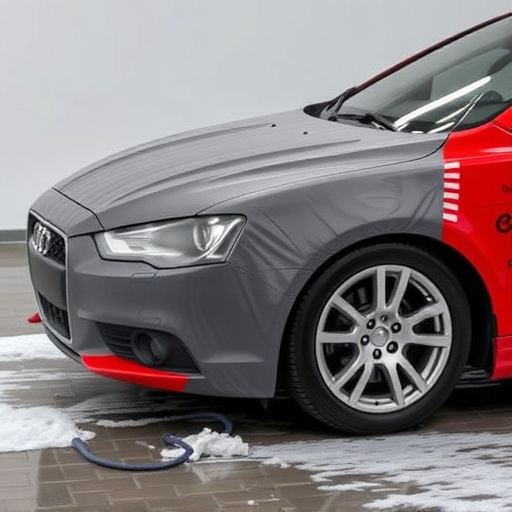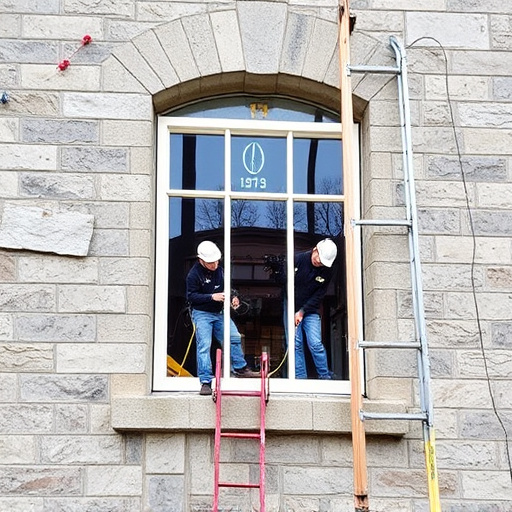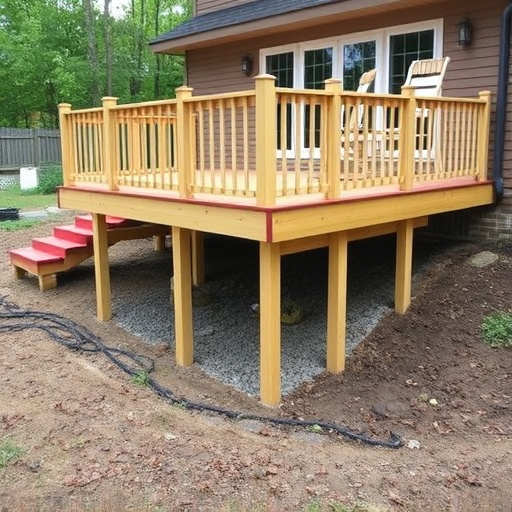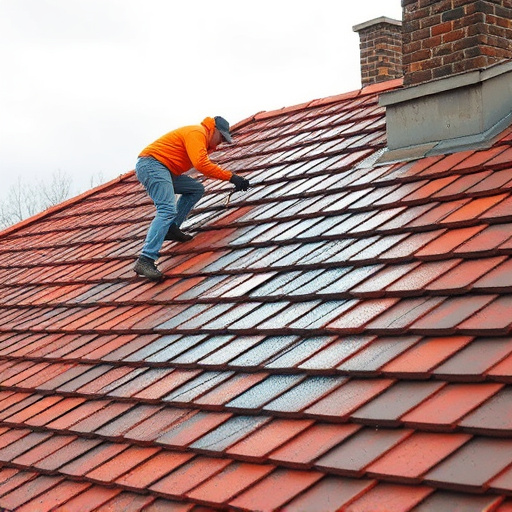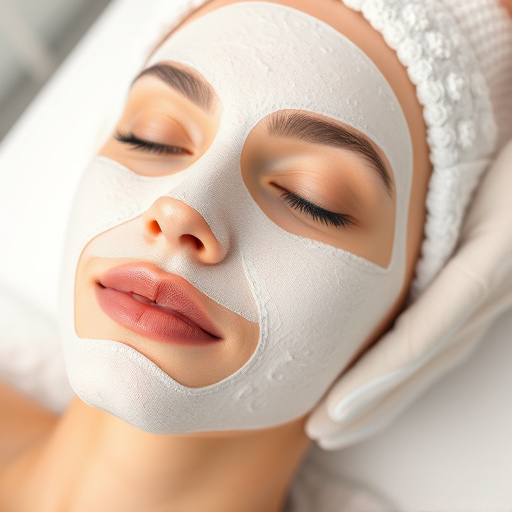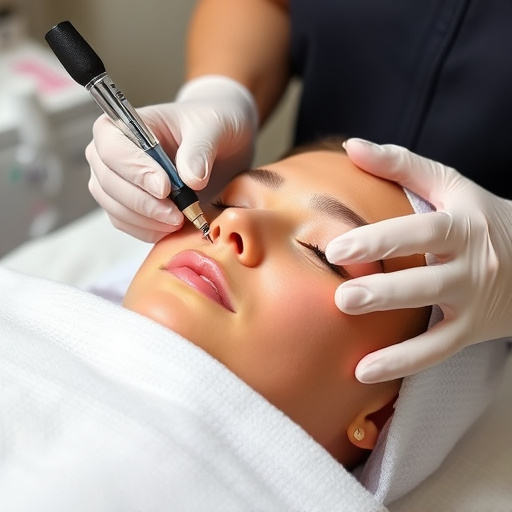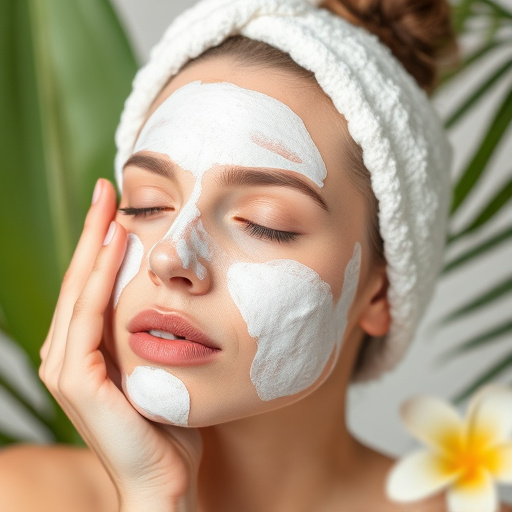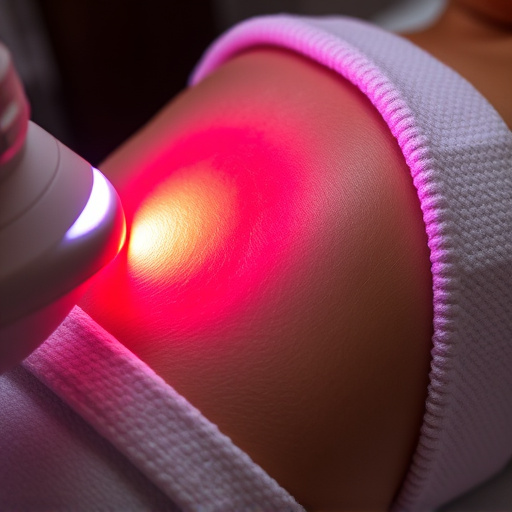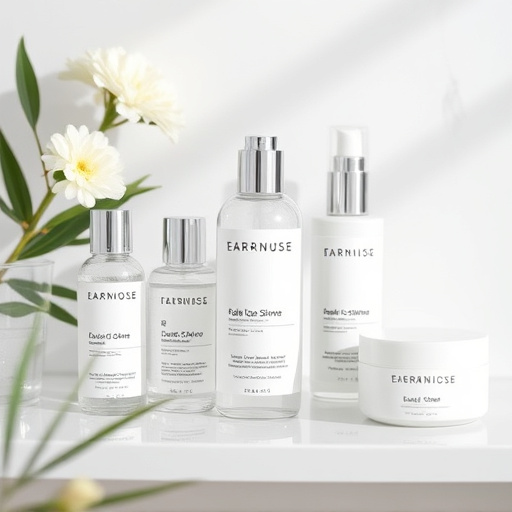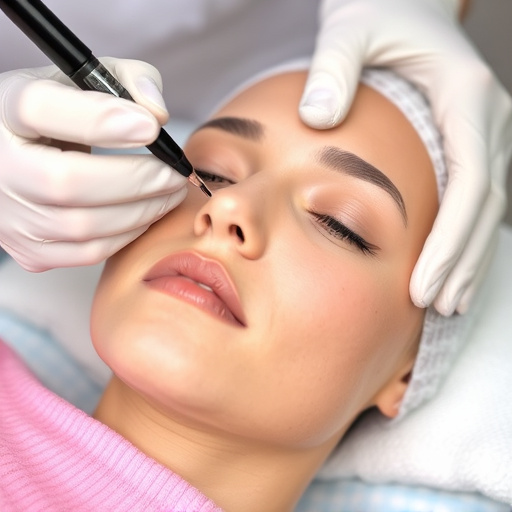Acne scars result from damaged collagen during flare-ups, leading to various types like atrophic (pitted), hypertrophic/keloid (raised and discolored), and angular redness. Effective treatments include microneedling, lasers, customized facials, and post-care routines focusing on gentle products and sun protection. Consulting a dermatologist is crucial for identifying the best course of action, which may include non-surgical treatments like microneedling or chemical peels for minimal downtime and holistic skin improvement.
Acne scars can leave lasting marks on one’s skin, but advanced treatments offer hope for minimal downtime and discomfort. This article delves into understanding acne scar formation and exploring modern treatment options. From minimally invasive procedures to post-treatment care, we uncover strategies for effective scar reduction. Discover how these methods provide natural-looking results with reduced recovery time, empowering individuals to reclaim their skin’s confidence.
- Understanding Acne Scar Formation and Treatment Options
- Minimally Invasive Procedures for Effective Acne Scar Reduction
- Post-Treatment Care and Recovery for Minimal Downtime Results
Understanding Acne Scar Formation and Treatment Options
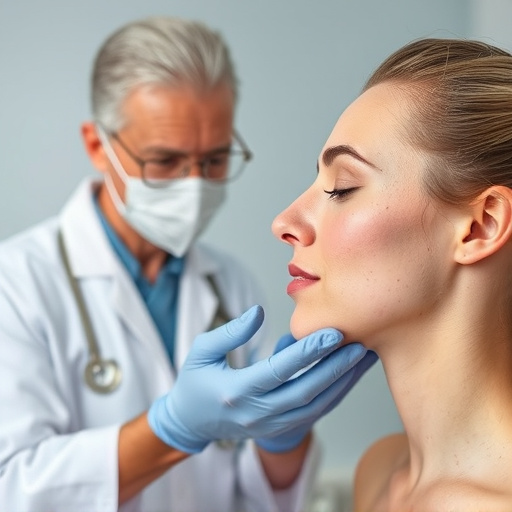
Acne scars form when the skin’s collagen is damaged during an acne flare-up. This can occur due to inflammation and subsequent scarring as the skin attempts to heal itself. There are several types of acne scars, including atrophic scars (depressed or pitted scars), hypertrophic or keloid scars (raised and often red or purple), and angular scarred redness. Understanding these various forms is crucial when considering effective treatment options.
Various medical spa services offer solutions like microneedling therapy, which involves using tiny needles to create controlled micro-injuries in the skin, stimulating collagen production and helping to even out skin texture and appearance. Another popular approach is professional skincare treatments that utilize advanced technologies and active ingredients to address specific scar types. Choosing the right treatment requires a consultation with a dermatologist or skincare expert who can assess individual needs and guide towards the best course of action for minimal downtime and discomfort.
Minimally Invasive Procedures for Effective Acne Scar Reduction

In the quest for effective acne scar treatment with minimal downtime, dermatologists have embraced a range of minimally invasive procedures. These advanced techniques offer hope for achieving smooth, clear skin without extensive recovery periods often associated with traditional treatments. One popular approach involves the use of lasers, which can precisely target scar tissue while promoting collagen production. This stimulates the skin’s natural healing process, resulting in reduced appearance of acne scars over time.
Another promising method is microneedling, a procedure that uses tiny needles to create controlled micro-injuries in the skin. This prompts the body to generate new collagen and elastin fibers, enhancing skin texture and reducing the depth of acne scars. Additionally, customized facials leveraging active ingredients tailored to individual skin needs can significantly contribute to overall skin health and enhance the effectiveness of acne scar treatment. Even laser hair removal, while primarily known for its cosmetic benefits, can indirectly support skin health by reducing inflammation associated with unwanted hairs, creating a more conducive environment for successful acne scar reduction.
Post-Treatment Care and Recovery for Minimal Downtime Results
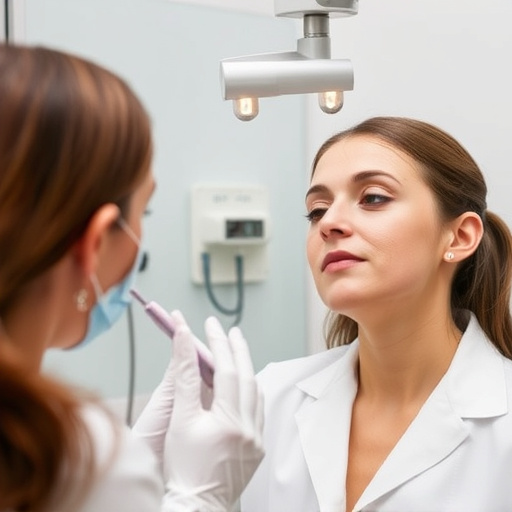
After undergoing an acne scar treatment with minimal downtime, it’s crucial to maintain a consistent post-care routine for optimal recovery. Patients should avoid strenuous activities and direct sun exposure for the first 24 hours, applying gentle, hydrating products to soothe the skin. Gentle cleansing, avoiding harsh scrubs or exfoliants, and using broad-spectrum sunscreen daily are essential practices.
In the following days, as the skin heals, a mild redness or peeling may occur, which is normal. Moisturizing and keeping the treated area hydrated supports the healing process, promoting faster recovery without leaving behind noticeable scars. Non-surgical treatments like microneedling or chemical peels can also aid in enhancing wrinkle reduction and pore refinement, offering a holistic approach to achieving clear, radiant skin while minimizing discomfort and downtime.
Acne scars can significantly impact self-confidence, but advanced treatments offer hope for minimal downtime and discomfort. By understanding how acne scars form and exploring minimally invasive procedures like chemical peels, microneedling, and laser therapy, individuals can achieve smoother skin without lengthy recovery periods. Proper post-treatment care further optimizes results, ensuring a faster return to daily activities. With these modern options, it’s possible to bid farewell to acne scars and embrace a clearer, more confident complexion.


